Table of Contents
Tired of the crowded gym scene? Wasting time commuting just to wait for a machine? Maybe you've eyed that spare corner of your garage or basement and thought, "There has to be a better way to get a serious workout without leaving the house." Well, there is. We're talking aboutmulti station home gym equipment, that all-in-one fitness solution designed to pack a punch in a minimal footprint.
What is Multi Station Home Gym Equipment Anyway?
What is Multi Station Home Gym Equipment Anyway?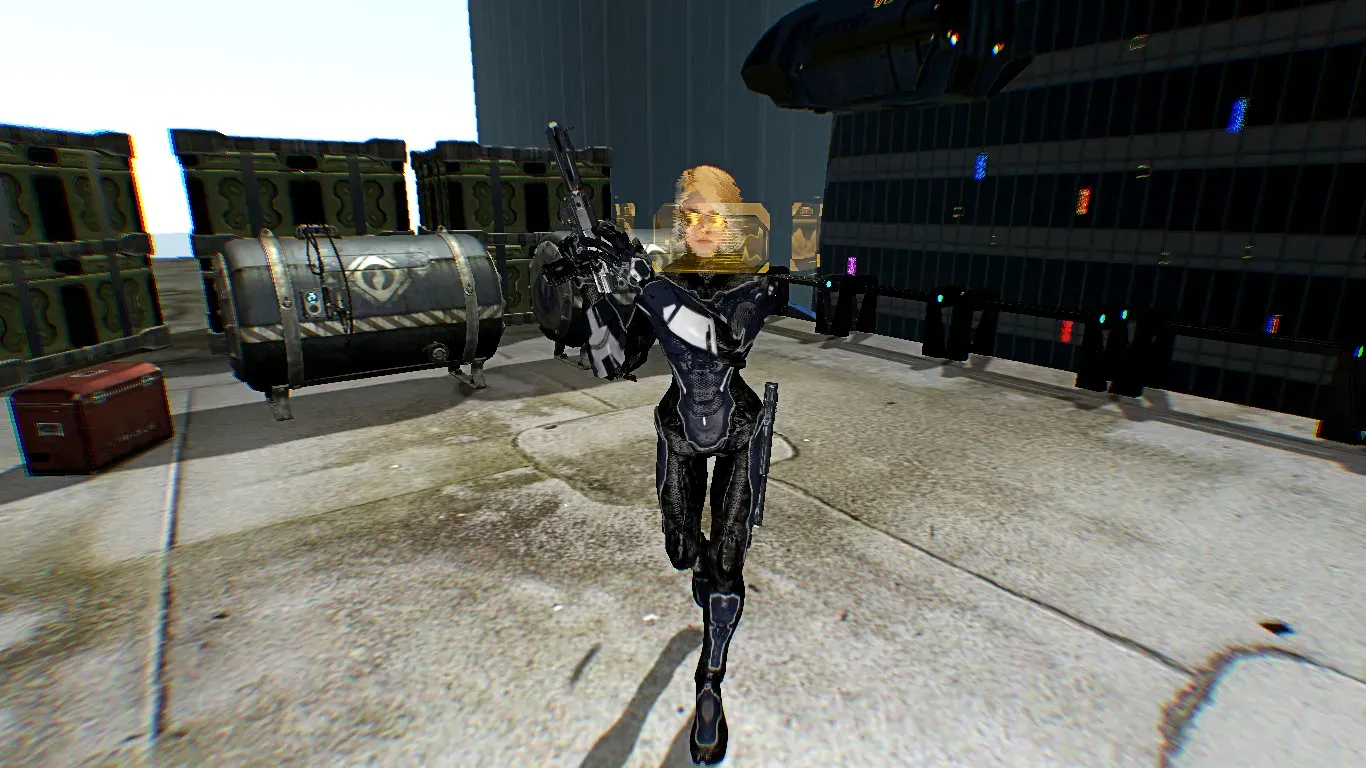
More Than Just a Fancy Weight Rack
Let's cut to the chase. When people talk aboutmulti station home gym equipment, they're usually referring to those bulky, intimidating-looking contraptions you see squeezed into a corner of a dedicated home gym or sometimes even a surprisingly small spare room. Think of it as a Swiss Army knife for strength training, minus the tiny scissors and toothpick.
It's not just a bench press or a single leg extension machine. These units cram multiple exercise options into one frame.
The idea is to perform a variety of exercises targeting different muscle groups without needing to buy separate pieces of equipment for each one.
It's designed for efficiency, both in terms of workout flow and, crucially for most of us, floor space.
You're getting chest presses, lat pulldowns, leg extensions, and often much more, all originating from a central hub.
How the Magic Happens: Cables, Pulleys, and Stacks
At its core, mostmulti station home gym equipmentrelies on a system of cables, pulleys, and weight stacks.
Instead of loading plates onto a barbell, you're lifting a predetermined amount of weight from a stack using a pin.
The cables run through various pulleys positioned around the frame, allowing you to pull, push, and press from different angles and stations.
This setup provides controlled resistance throughout the entire range of motion for many exercises.
It's generally considered a safer alternative to free weights for beginners, as the machine dictates the path of movement, reducing the risk of dropping weights or losing control.
It’s not about looking cool, it’s about applying resistance consistently and safely.
Common Exercise Stations You'll Find
- Chest Press (often converts to incline/decline)
- Lat Pulldown / Seated Row
- Leg Extension / Leg Curl
- Pec Deck / Rear Delt Fly
- Triceps Pushdown / Biceps Curl (via cable attachments)
The Goal: Replace a Room Full of Machines
The ultimate aim ofmulti station home gym equipmentis consolidation.
Instead of needing a dedicated bench press, a separate lat pulldown tower, a leg machine, and maybe a cable crossover (if you're really ambitious), a multi-station unit attempts to provide the core functionality of several machines in one footprint.
This is particularly appealing for home users who don't have unlimited space or budget.
It allows for a comprehensive full-body workout without the clutter.
Think of the square footage you save not having five different machines scattered around.
While no single multi-station unit can perfectly replicate every exercise from a fully equipped commercial gym, they offer a practical and effective compromise for achieving significant strength gains at home.
It's about getting the job done efficiently, not owning every piece of gym equipment ever invented.
The Real Perks of a Multi Station Setup at Home
The Real Perks of a Multi Station Setup at Home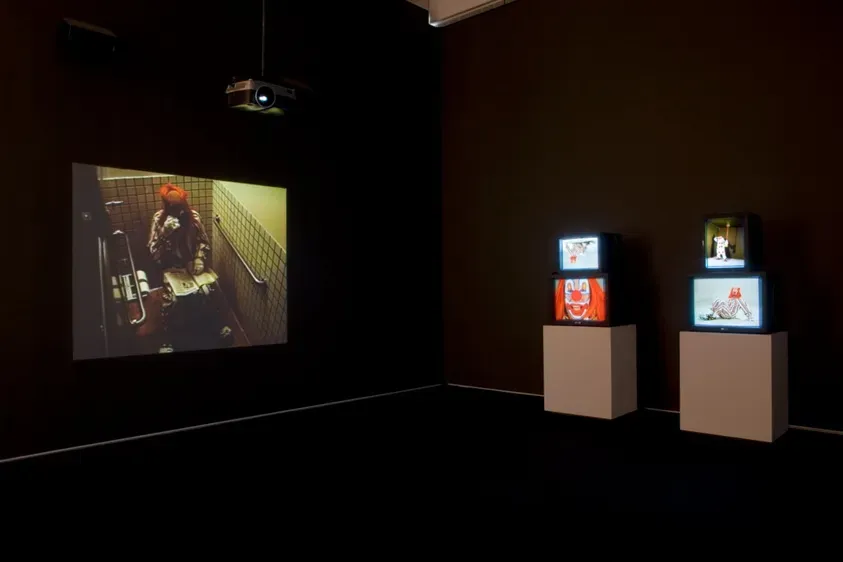
Skip the Commute, Skip the Crowd
Let's be honest, getting to the gym can be half the battle. You pack your bag, fight traffic, find parking (or pay for it), and then navigate a sea of sweaty bodies just to get to the machine you want. Withmulti station home gym equipment, your commute is literally steps away. Roll out of bed, grab some water, and you're there. No waiting for someone to finish their set, no wiping down questionable puddles left by the last person. It's your space, on your schedule. This isn't just about saving fifteen minutes each way; it's about removing barriers to consistency. That quick 30-minute session becomes entirely feasible before work or late at night, rather than a logistical headache.
Maximum Workout in Minimum Footprint
One of the biggest selling points formulti station home gym equipmentis its ability to consolidate. You're not buying a separate lat pulldown machine, a separate leg extension unit, and a separate bench press station. A good multi-station unit packs the functionality of several key pieces into one frame. This is crucial if you don't have a dedicated gym wing on your mansion. It means you can potentially fit a comprehensive strength training setup into a corner of a room, a garage bay, or even a substantial closet if you're creative (and the unit is small enough). You get a surprising range of exercises for the floor space it occupies, which is a winning formula for most home setups.
Think about the alternative: trying to fit individual machines for chest, back, shoulders, and legs. You'd need significantly more room. This consolidation allows you to build a serious home gym without needing to move to a bigger house.
What kind of exercises can you really do?
- Chest Press (various grips/angles)
- Lat Pulldowns
- Seated Rows
- Leg Extensions
- Leg Curls
- Shoulder Press
- Triceps Pushdowns
- Biceps Curls
- Ab Crunches (with attachments)
Safer Start, Consistent Gains
While free weights are fantastic, they require proper form and spotting, especially when lifting heavy.multi station home gym equipmentoften provides a more controlled movement path, which can be a significant advantage for beginners or those returning to exercise after a break. The machine guides you through the exercise, reducing the chance of awkward movements or dropping a weight. This doesn't mean you don't need to learn proper form, but it offers a degree of built-in safety. Plus, the ability to quickly change weight using a pin means less downtime between sets, keeping your heart rate up and your workout efficient. It's a reliable tool for consistent resistance training across multiple muscle groups.
Picking Your Perfect Multi Station Home Gym Equipment: Features That Matter
Picking Your Perfect Multi Station Home Gym Equipment: Features That Matter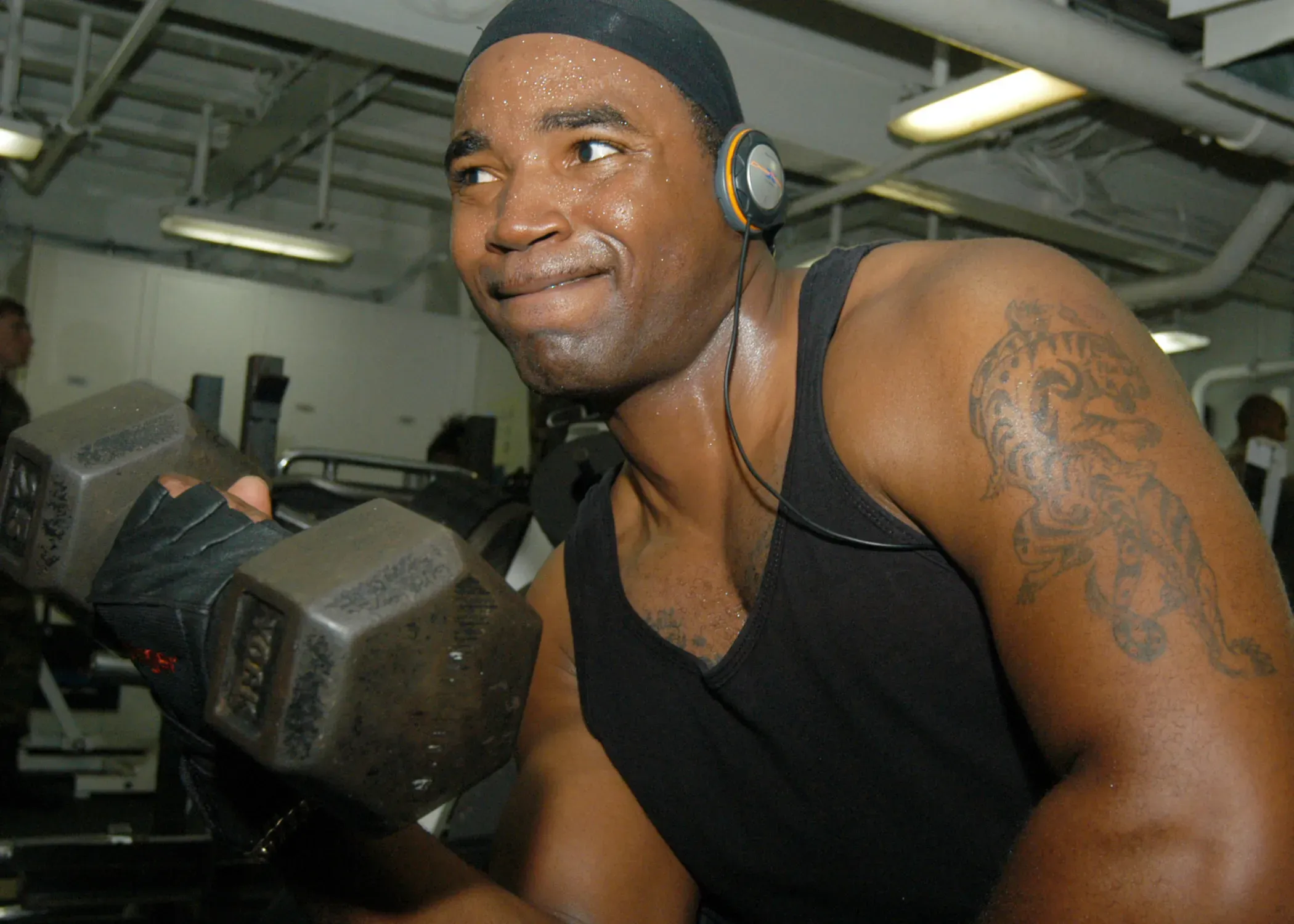
What Exercises Do You Actually Want to Do?
Alright, so you're sold on the idea of a multi-station setup. Great. Now comes the fun part: figuring out which one won't end up as an expensive clothes hanger. The absolute first thing to nail down is what exercises are non-negotiable for your goals. Not allmulti station home gym equipmentis created equal when it comes to versatility. Some are heavily chest and back focused, while others might offer more in the way of leg or arm isolation movements. If crushing leg day is your priority, make sure the unit has a robust leg press or a solid leg extension/curl station. If you live for cable crossovers, you'll need a model with adjustable pulleys that allow for that range of motion. Don't just look at the number of stations; look at the *quality* and *variety* of exercises each station actually enables. A unit might boast "20+ exercises," but if half of them are just slightly different cable curls, that's not real variety.
Don't Skimp on the Weight Stack or Resistance Type
Next up: resistance. How much weight can this thing handle, and how does it provide that resistance? Mostmulti station home gym equipmentuses a weight stack, which is convenient because changing weight is as simple as pulling a pin. Check the maximum weight capacity. If you're an experienced lifter, a 150lb stack might feel limiting quickly. Some units offer upgrade options for heavier stacks. Alternatively, some systems use resistance rods (like Bowflex) which provide a different feel and can offer variable resistance, sometimes feeling heavier at the end of the movement. Neither is inherently "better," but they feel different, and one might suit your training style more than the other. Also, consider the weight increments – smaller jumps (like 5 lbs) are better for progressive overload than big 10 or 15 lb leaps.
Resistance Types and Considerations
- Weight Stack: Pin-loaded, consistent resistance, easy weight changes. Check max weight and increment size.
- Resistance Rods: Variable resistance (often feels heavier at peak contraction), lighter overall footprint, no clanking.
- Hybrid Systems: Some combine weight stacks with cables or other resistance methods for added versatility.
Size, Build Quality, and Your Actual Space
This might sound obvious, but measure your space. Then measure it again.Multi station home gym equipmenthas a footprint, and you also need room *around* it to comfortably perform exercises and access different stations. Check the height, too – low ceilings can be a problem for lat pulldowns. Beyond size, inspect the build quality. Look for a sturdy steel frame (gauge matters – lower numbers are thicker), smooth pulleys, and durable cables. Sit on the bench – does it feel stable? Pull on the handles – do they feel solid? Cheap components wear out fast, and the last thing you want is a cable snapping mid-set. Read reviews, ideally from people who have owned the unit for a while. A machine that feels wobbly or cheap on day one isn't going to get better.
Fitting a Multi Station Home Gym into Your Space and Budget
Fitting a Multi Station Home Gym into Your Space and Budget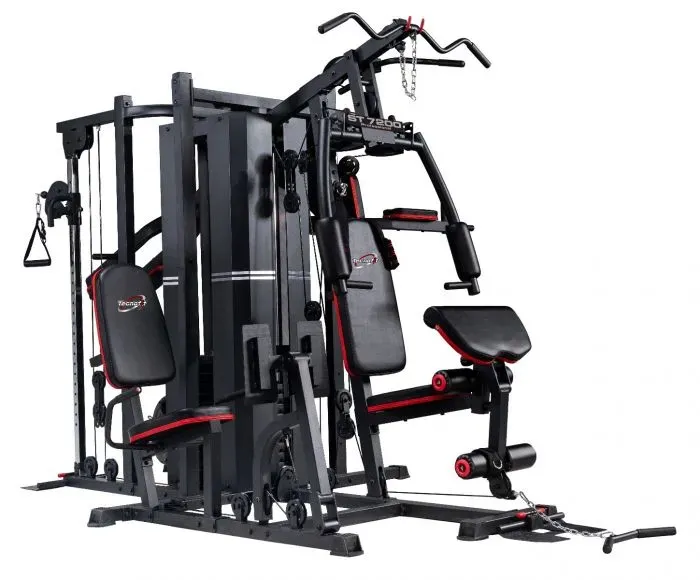
Measuring Up: More Than Just the Footprint
Alright, let's talk real estate. Thatmulti station home gym equipmentisn't going to magically shrink to fit your broom closet. You need to measure the actual dimensions of the unit, yes, but you also need to account for the space *around* it. Think about the range of motion for exercises. Can you fully extend for a lat pulldown without hitting the ceiling fan? Is there enough room in front for leg extensions? Can you safely load and unload weight plates if it's not a stack system? You're not just fitting the machine; you're fitting the *use* of the machine. Garages, basements, or a dedicated spare room are the usual suspects, but even then, check for things like low ceilings, uneven floors, or proximity to windows you don't want shattered by an errant weight plate handle.
Space Consideration | Why it Matters |
|---|---|
Unit Dimensions (L x W x H) | Basic fit within the room. |
Workout Clearance | Room for full range of motion (arms, legs). |
Access Space | Room to load weights, attach handles, perform exercises safely. |
Ceiling Height | Crucial for exercises like lat pulldowns or overhead press attachments. |
The Price Tag: Investment or Just Expensive Metal?
Let's not pretendmulti station home gym equipmentis cheap. You're looking at a significant upfront cost, often ranging from a grand for entry-level models to five, ten, or even twenty thousand dollars for commercial-grade setups with multiple weight stacks. But before your eyes glaze over, consider it an investment. Compare the cost to years of gym membership fees, gas money for commuting, and the intangible value of saving time and having flexibility. Many retailers offer financing options, sometimes even 0% APR for a period, which can make the initial hit more manageable. The key is to buy the best quality you can realistically afford. A flimsy machine that breaks in two years is a waste of money, no matter how cheap it was initially. Durability means longevity, and longevity means getting your money's worth over time.
Getting Started and Making the Most of Your Multi Station Home Gym Equipment
Getting Started and Making the Most of Your Multi Station Home Gym Equipment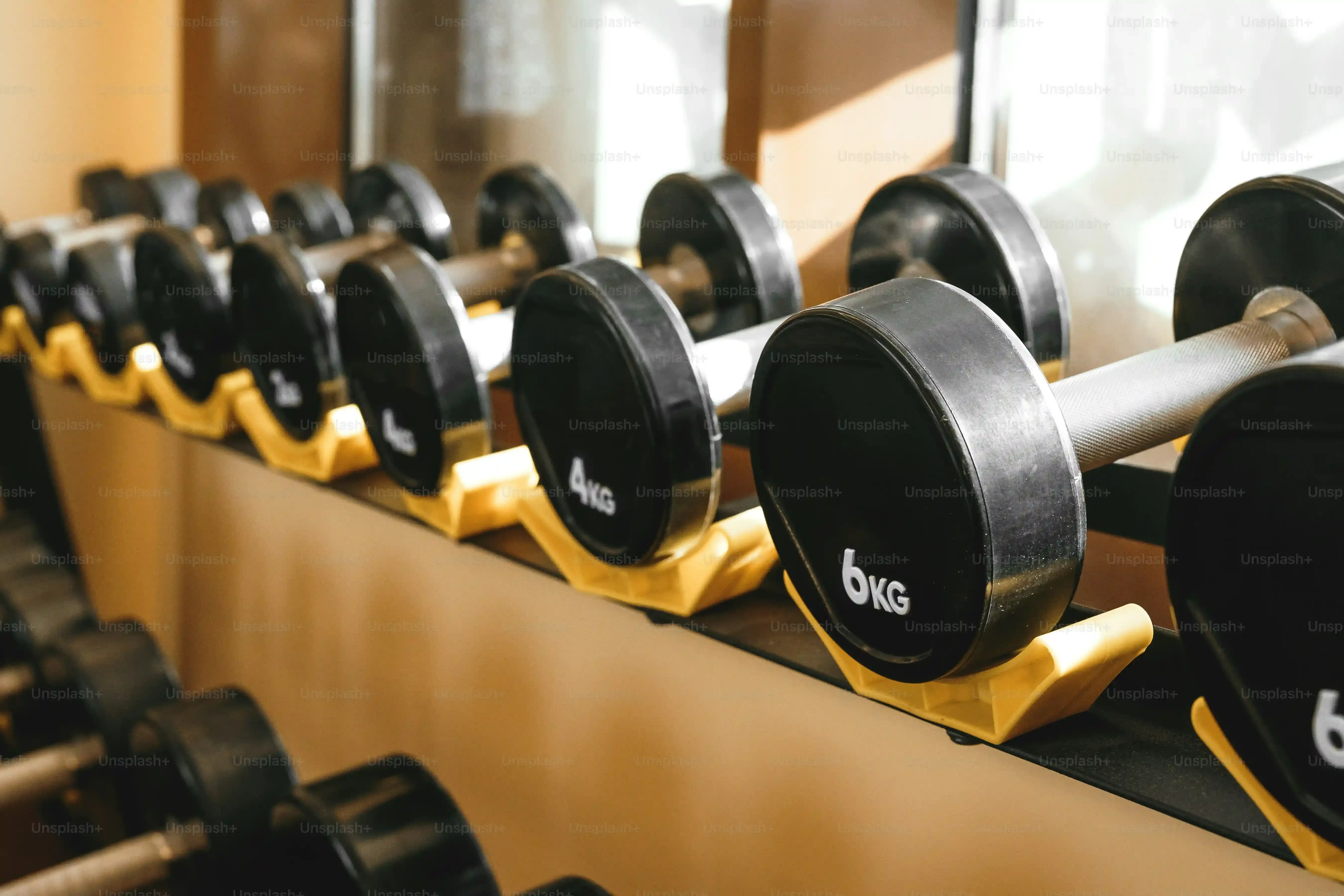
Unboxing and Getting Acquainted with Your New Beast
So, the boxes have arrived, likely weighing more than a small car. The first step with your newmulti station home gym equipmentis the assembly – follow the instructions meticulously, or pay someone who won't throw a wrench through the drywall. Once it's standing, take some time to just... explore it. Pull the handles. Feel the resistance. Figure out how the weight pin works. Where do the attachments clip on? Which pulley is for what exercise? Don't just jump straight into a heavy workout. Spend a session or two doing light, controlled movements on each station you plan to use. This helps you get a feel for the machine's mechanics and allows you to practice proper form without the risk of injury. It's like test-driving a car; you wouldn't redline it out of the dealership parking lot, right?
Programming Your Progress and Staying Consistent
Owningmulti station home gym equipmentis only half the battle; actually using it effectively is the other, often harder, half. You need a plan. Randomly hopping from one exercise to the next won't build strength efficiently. Decide on a split – maybe push/pull/legs, full body three times a week, or something else that fits your schedule. For each exercise, figure out sets, reps, and rest times. Track your progress. Write down the weight you lifted and the reps you hit. Aim to add a little more weight or squeeze out an extra rep next time. The beauty of having the machine right there is the removal of excuses. Rain? Too cold? Don't feel like driving? None of that matters. Consistency is king in strength training, and your home setup makes it significantly easier to crown it.
Here are some quick tips for maximizing your multi-station workouts:
- Start Light: Master the movement pattern before adding heavy weight.
- Focus on Form: Quality reps beat sloppy heavy reps every single time. Watch videos, maybe even record yourself.
- Warm Up Properly: 5-10 minutes of light cardio and dynamic stretching prepares your body.
- Cool Down: Finish with some static stretching.
- Listen to Your Body: Don't push through sharp pain. Rest and recovery are just as important as lifting.
- Keep a Logbook: Tracking progress is motivating and essential for knowing when to increase weight.
- Utilize Attachments: Don't just use the bar. Experiment with different handles (ropes, single grips) to hit muscles from slightly different angles.
Making the Call on Your Home Gym Setup
So, we've covered the basics: whatmulti station home gym equipmentis, why people bother with it, and the nuts and bolts of what to look for. It's not a magic bullet, and it won't turn you into a superhero overnight just by existing in your house. What it can do, for the right person with the right space and goals, is provide a consistent, convenient way to build strength and fitness without the commute or the monthly fees. You're investing in a tool. Like any tool, its effectiveness depends on how you use it. Whether it's the right fit for your fitness journey is a decision based on your specific needs, available square footage, and willingness to put in the work, not just the purchase.